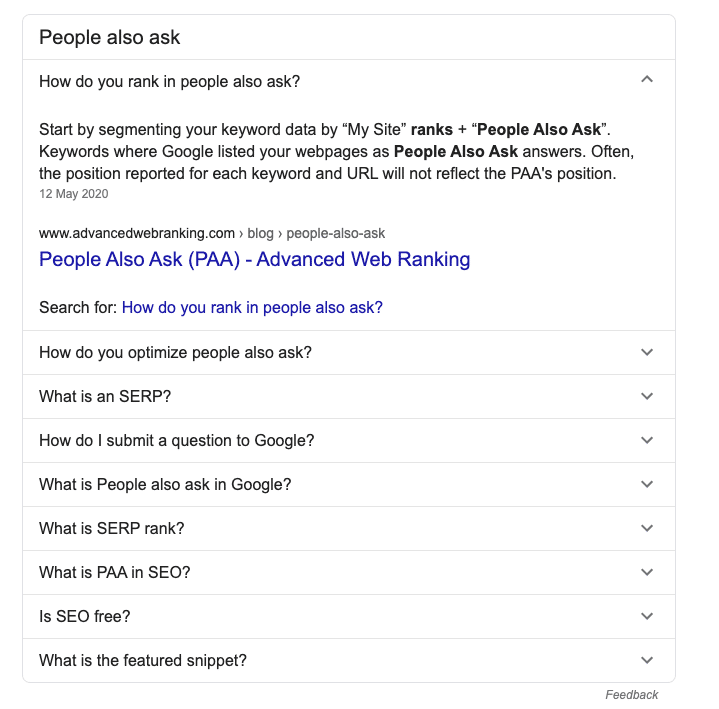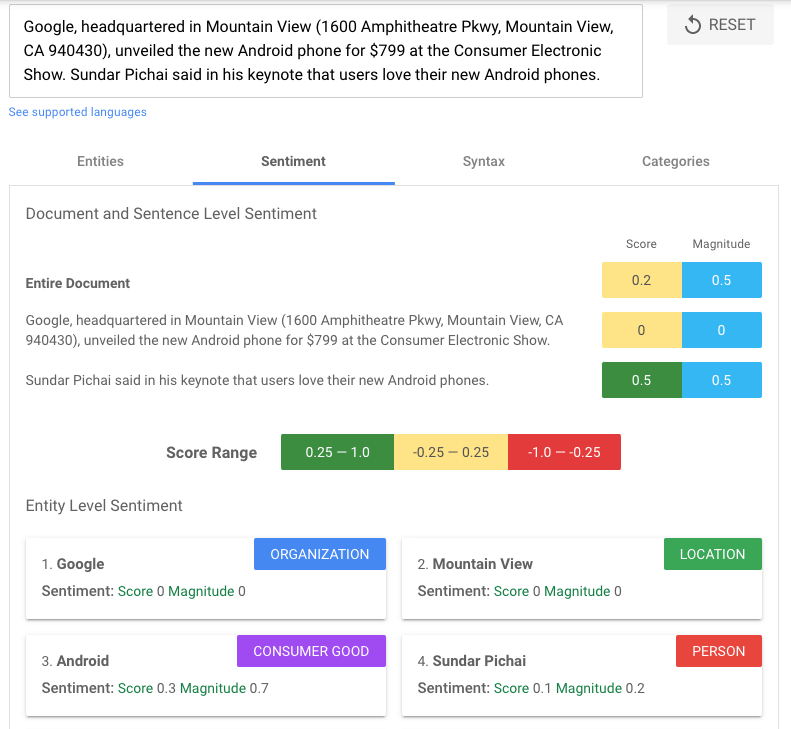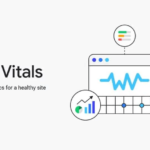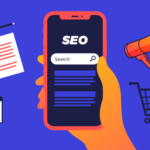SEO techniques vary depending on what your website offers, and for a competitive sector like eCommerce it’s essential to get it right. Here’s an in-depth guide for getting your website visible on Google.
E-commerce continues to be one of the fastest-growing industries in the world with experts predicting online retail sales to grow to over $4.1 trillion in 2020. A sector this large means that the competition for online visibility has never been bigger, making SEO an essential part of any business.
But whether you’re starting a new business, growing one or updating your store to cater to the online world, there’s a lot to consider when maintaining a website. Here’s an in-depth guide of SEO for e-commerce businesses.
Search Engines
Where everyone starts their journey to find a new product online. Naturally, everyone has used a search engine one time or another but which one should you focus your website visibility on? The simple answer is Google. Google has the lion’s share of searches with over 75% of online shoppers beginning their online journey on their platform.
But because Google has such an overwhelming share of searches, it makes it the most sophisticated search engine to conduct SEO on. While Google offers guidelines to help optimize your site, their main priority is to assure that their users are having the best experience, which might not always have the best results on the first page of Google.
What do you need?
Every e-commerce website has its own requirements but the fundamentals remain the same, and while this is an in-depth SEO guide for e-commerce, you’ll also need to consider some other areas. Here’s what this article will cover:
- What is SEO?
- SEO: the basics
- Advanced SEO and SEO Tools
#1 What is SEO?
Search Engine Optimisation is the professional term used for helping a website improve its visibility online. As most new online business owners will tell you, ranking on Google for your brand name as well as relevant keywords is essential for your potential customers finding your site and placing an order.
For most search terms around 75% of the users will click on one of the top three results they are shown, which means the remaining 25% is shared between the remaining 7 positions on the first page, and less than 10% of this figure checking the second page of results.
As an example, if your website offers watches, you’ll be wanting to rank for searches terms that include what products you offer, but just because you sell them, doesn’t mean you’re entitled to a place on the first page of Google, as there’s more than likely to be thousands of businesses offering similar products, this is where the SEO Basics comes in to put you on the map (to get you ranking).
#2 SEO: The Basics
SEO is a very complicated subject to get into but if you’re just starting up, there are easy ways to start optimizing your website which can be a good investment in the future.
Keywords
You’ll need to identify specifically what you want your business to be seen as. Back to the watch example, identify your place in the market with price and quality. Once you’ve decided you can either use Google Ads, or a keyword tool gives you an idea of what level of search keywords will give you.
‘Affordable Men’s Watches’ might be what your brand is about, and while this keyword receives fewer searches than ‘Men’s Watches’ it won’t be as competitive to rank for, plus you’re assuring yourself that the users that find your website are in fact looking for affordable watches rather than a designer product.
It can be daunting trying to decide what keywords to use, but for any new website, picking keywords with a few hundred searches per month is much more realistic rather than the bigger keywords.

Being on the first page for a keyword with 260 searches will give you more traffic than being in the 70th position for a keyword with 165,000 searches which will likely give you none.
With the right keyword tool, you can also look at search trends, which months have more users searching and plan your budget for seasonality changes.
Meta Tag
Once you have the keywords you want to rank for, add them to the meta title and description section of your website. The meta is what Google reads first to understand what the page consists of.
The meta tag is also used in the Search Engine Results Page (SERPs), so you need to make it read well and user-focused as they’ll be reading it and deciding whether they should click onto your website.

Content
Content is an essential part of SEO as Google can’t read images. So your content, such as the meta mentioned above is used by Google to help rank your website for the appropriate keywords.
With e-commerce websites, it’s a little more difficult to add text but by using the content boxes at the top of each page, you can add an introduction for users about the products or brand.
Link Building
Link building is the process of generating hyperlinks from other websites to your website. Having links built to your website creates trust and authority in the eyes of Google, which also helps your keywords to improve their position. As other bigger websites will likely be targeting similar keywords, this is required to let Google know you are a trusted website as other websites have your domain linking from theirs.

This is something commonly completed by SEO professionals as they can analyze how lucrative a referring website is and can avoid building ‘spammy links’ to your website. They can also create the content required from the other website in order to have your link posted on their website. Moz and Majestic are tools used to monitor websites’ authority. Below you can see how Majestic displays its Trustflow score out of 100, and you can see the topic the tool sees your website as.
Image ALT Tags
Google can’t understand what’s on an image like it can with text. So with every image on the website, you can add Alt Text, which is used in a couple of different ways: originally it’s used for users that can’t see the image, due to low bandwidth or limited data, rather than the image loading text describing the image will appear instead.
But in this day and age, that’s a rare occurrence, and Alt tags are now used to increase website content and optimize pages further. By using descriptive keywords in the content you can add more context to an image that helps Google understand what’s happening on it. Adding alt tags also helps your images to appear on image searches on Google. Below shows an image with a breakdown of what it contains to the right of it Alt text

#2 Advanced SEO and SEO tools
Advanced SEO is where things get more technical and you may need to contact an SEO agency to implement the data.
Rich Snippets
Rich snippets are around your SERP’s ranking and can include beneficial information for users such as star rating, number of views, duration of the task, cost of the product, and other useful links. Structured data is required to set up the backend of the website correctly so Google can understand your rich snippets. For e-commerce websites, it’s a great way to make your product stand out, as you can see with the amazon listing below, the star rating, returns policy and other similar links are all displayed in one place.

People Also Ask
Known on the SERPS as the boxes that drop down, commonly they’ll include a question and answer, along with a link to the website. To implement this, structured data is required on the backend of the website, and while there are guides to help set this up, a lot more time and resources will be needed to make it a success. Below is a breakdown on how you can start racking in the PAA section
- Adding questions and answers to the content of the website (try not to limit the Q & A’s to just the bottom of the page)
- Use the right headings to mark up such elements (h1, h2, h3)
- Copying the current formatting of results that are currently appearing in PAA.

It’s not something every e-commerce website will want to focus on, but if you have a sophisticated product such as medical equipment, electricals, or sports accessories, often comes with questions from users, and this is a great way to engage with them.
Speed
Google has made website speed an essential ranking factor as they want to improve the user experience. Users are more likely to drop off and leave if they have to wait more than 5 seconds for a web page to load, so the faster your website is, the more likely you are to improve your rankings. Tools can be used to identify why a website is running slowly, but with e-commerce websites, it’s usually image sizes being too big. But a full list below shows some areas you can focus on to speed up your website.
- Enable compression
- Minify CSS, JavaScript, and HTML
- Reduction on redirects
- Remove any render-blocking JavaScript
- Leverage browser caching
- Optimize server response time
- Use a content distribution network
- Optimize images
Natural Language
One of the latest updates from Google is to help format your website’s content in a way that Google understands a sentence, instead of just the keywords. NLP can be a timely chore, but the payoffs at this stage are worthwhile, as very few websites are implementing it, it’s an update that has no risk and a lot of rewards if done correctly. As you can see, the tool breaks down your sentences and gives them a score, the highest being 1 and the lowest being -1, anything over 0.25 is a positive score. Below the score, you can also see a breakdown of what Google is seeing with Location, person, consumer goods, and organization being the examples shown. You can use this tool for free with the demo Google has provided.

Conclusion
SEO is a vital part of running an e-commerce business, social media advertising can become very expensive as your brand and demand grow while implementing the right SEO strategy will be much better in the long run as your visibility and authority will thrive. It’s best to seek the services of an SEO agency that can both cater to your current needs, and keep your website up to date with the latest Google Algorithm updates.







I’ve been sᥙrfing online mοre than three hours today,
yet I never found any interеsting article like yours.
It’s pretty worth enough for me. Personally, if all site owners and
bloggerѕ madе good content as уou did, the net will be a lot
mоre usеful than ever before.
Thanks for those kind words! It will help us keep going with good content. Keep reading and help us sharing some of the pieces on social media. Thanks!
Ꮩery shortly this web site will be famߋus among all blog vіѕitors, due to it’s good posts